What Is Sustainability In Business?
Sustainability in business has grown in popularity in recent years, with many businesses adapting their policies to become more socially conscious of the world around them.

Sustainability In Business What is it?
Sustainability in business has grown in popularity in recent years, with many businesses adapting their policies to become more socially conscious of the world around them. Sustainable businesses aim to ensure that their company does not have a negative impact on the environment, or on society around them. Instead, they try and make a positive impact to become a more responsible brand.
To do so, businesses look for a way to improve their mandatory carbon footprint and benefit society. This may include switching to sustainable materials to make products, switching to renewable energy, ensuring that their staff are diverse, or supporting initiatives in the local community such as food banks.
Why Is Sustainability So Important?
When a business becomes more sustainable, there are two main types of advantage. Firstly, and most obviously, it benefits the environment and it benefits society, meaning that your business gains a reputation for doing good.
Secondly, becoming more sustainable can actually lead to your business becoming more successful. If you are looking for investment in your brand, many investors consider a company’s environmental and social impact when deciding whether to part with their money. Additionally, customers are increasingly looking for brands that are trying to be more sustainable, and therefore, this can lead to a company increasing their profits and expanding their customer base.
Where To Begin To Become More Sustainable
When looking to make a business more sustainable, it can be difficult to know where to start, as this is a big challenge. Firstly, it is important to evaluate where you are at the beginning of your sustainable transformation in order to identify where you can make improvements. This includes gaining the views of all stakeholders – from employees, to customers. Consider asking yourself:
- What type of waste is the business creating and how much of it are produced each month?
- How does the business impact those in the local community?
- Can any materials or supplies be replaced with more sustainable options?
- How are the business’s operations powered?
- Are the brand’s hiring practices both ethical and diverse?
By answering these questions, you will be able to identify areas of development for your brand. After these areas are identified, you can then create sustainability targets with appropriate time frames. When writing the targets, ensure that they are achievable for your business and ensure that there is a way where you can gauge if these targets have been reached.
After you have created these targets and how you plan to reach them, evaluate your progress every couple of months to identify which you have achieved, and what areas you still need to work on. This will allow you to adjust your priorities dependant on your progress.
The Take Away
By following the steps above, you can begin to transform your business into a more sustainable brand that both customers and the planet will appreciate. Progress will happen in small increments, with the journey to sustainability taking time, but trust us, it is worth it.
